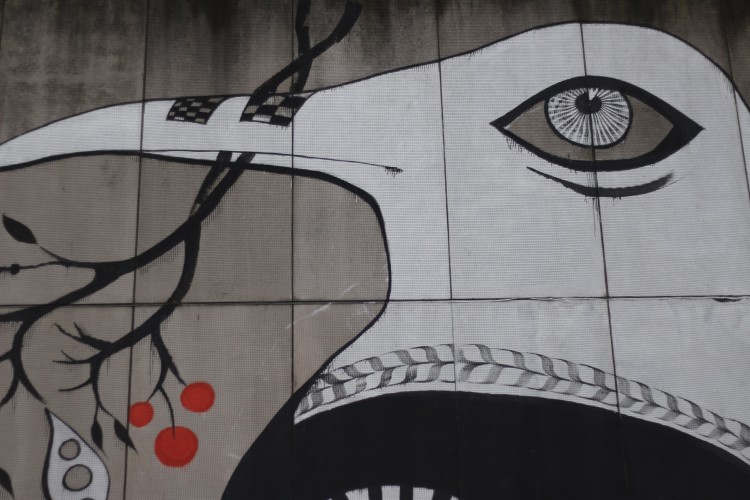Emergence

To The Heart Of Living Systems
(By John Atkinson)
In a world that is chaotic and complex how does anything ever get done? What is it that means that despite the disorder, our world is stable and on many levels predictable. If complexity is one element of our ‘Big Five’ characteristics of how living systems behave, then emergence is linked closely with it.
Have you ever watched a flock of starlings in the autumn twilight? They wheel this way and that making wonderful shapes in the evening sky. Almost as one body they sweep in and out, up and down, twisting and turning in what is known as a murmuration. How do they do this? There is no single guiding brain at the centre of the flock, calling the moves, barking out the orders. They don’t rehearse on the training pitch, evening after evening, until they can put on such a magnificent display.
In 1986, Craig Reynolds created an artificial life computer simulation that mimicked the behaviour of the birds in the murmuration. He called it ‘boids’, In essence, each ‘boid’ in the flock need only follow three simple rules to create the pattern. The first rule is about separation; boids must steer to avoid getting too close to other birds around them, thus constraining their ability to move. The next rule is about steering; they need to head towards the average direction of those around them. And finally, the last rule is about cohesion; boids need to head towards the centre of mass of the murmuration. From these three rules you can mimic a murmuration on your desktop. (There’s also a fun one you can find on ant colonies)! Reynold's work has supported the development of CGI and informs the use on un-manned vehicles. Behind this is one of our ‘Big Five’ characteristics of living systems, emergence.
Emergence is an often misunderstood term. People will use the phrase ‘it is emergent’ as a way of saying they hope something will appear. An emergent strategy is described as one that relies on intentions, actions and changing circumstances interacting to produce something that nobody could have predicted at the time. Well that sort of holds for me, yet the reality is deeper. For me, what emerges is the product of deep underlying rules of interaction. To this end it is not necessarily a chance occurrence. In fact it is these deep and underlying rules or principles that give rise to stable and predictable patterns of behaviour. What we see happening on the surface ‘emerges’ from deeper principles.
It follows then that if we want to instil change in a system, if we can change these underlying principles of interaction we can create fundamental, significant and lasting change. On one level this gives us great hope for how, for example, we might influence behaviour change at scale in order to shift markets in a commercial world, or shift patterns of service usage in a governmental setting.
On another it is inevitably more complex. First, simply changing the principles doesn’t tell you what new pattern of behaviour emerges. You know a new pattern will emerge as the living system makes sense of the new principle, but how it makes sense of that is much less predictable. Next, it is often very difficult to identify what the real organising principles are. They are almost certainly not our openly espoused values or internal written rule books that govern staff behaviour. These are surface presentations of something deeper. Getting to the underlying principles takes time and requires a capacity to hold a genuine and fundamental enquiry. Such capacity is often at odds with the day to day business of an organisational world. And then, it raises another yet harder question, how do you change an underlying principle?
Let me give a shallow but hopefully helpful example. In English public services since 2008, a pressure to reduce spending has existed. You might imagine that this results in the principle ‘save money’. What we actually see at play are some other principles, like ‘spend all of what you’ve got or we will reduce your budget’. This slightly deeper principle therefore results in the exact opposite of what is intended. It also means that people are less inclined to engage in collective endeavours that would reduce demand. Unless of course, someone gives them some more money to do that! So the underlying principle trumps the surface one. Of course this is fairly superficial, the real principles at play are much deeper, regarding what sort of society we really want to be and thus what maintains it as it is.
The important thing for anyone wishing to grow change in a living system is this; whatever change we try to make, if it doesn’t engage with the underlying principles at work, it will simply result in the system replicating another version of where we are now. Strategies, action plans and change programmes remain statements of intent rather than what will actually happen.
© John Atkinson (2016)
One Reply to “Emergence”